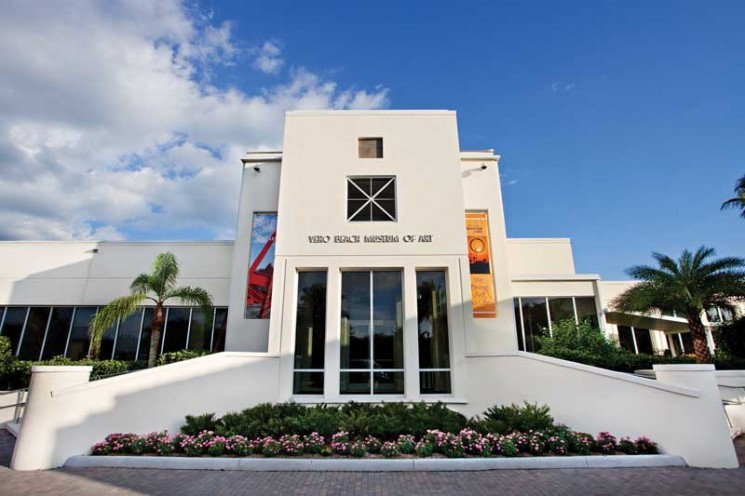
VERO BEACH — Rejecting the latest space use fees proposed by the Vero Beach Museum of Art, the Vero Beach Art Club has put the museum on notice that it is laying claim to and “reserving” all the surrounding city land that it leases jointly with the museum for potential use in building its own art center.
The museum already earmarked part of that land in Riverside Park for its own long-range expansion. Those plans include a children’s interactive museum and a large performance hall at some point in the future, according to executive director Lucinda Gedeon.
The two sides would have to agree to any new use – be it for museum or art club, according to Tim McGarry, head of planning and zoning, who met briefly with Art Club leadership last week to discuss the site.
“Clearly it’s something the City Council would have to approve,” McGarry said. “You’d want to build something that would not detract from the museum. That’s going to cost some money. The city doesn’t want some piece of junk on prime land.”
“Whether the museum is going to go along with it is another matter. They would have to sign the lease change,” McGarry pointed out.
“If they want us to go, pay us,” says Sue Dinenno, Art Club board member and past president.
There was talk earlier of asking the museum to buy out the club’s share of the lease of the land.
“It’s almost like there’s a vendetta against the museum,” said Gedeon.
She said she had been sure the last proposal – charging the club only around $2,500 for space that would cost any other entity up to $40,000 – would be “redlined and sent back to us,” and an agreement reached “very soon” thereafter.
Since 1985, the museum has charged nothing for the space the Art Club uses for meetings and events, but officials feel it’s time to reexamine that policy.
In the proposal, the club’s space use fees are deeply discounted because of its long relationship with the museum, Gedeon says.
She adds that space for the club’s office has always been provided for in the museum’s long-range plans.
“There are no politics or emotions involved here. There’s no ‘let’s kick out the Art Club.’ There’s no ‘let’s try to run them away.’ It’s only in their mind and their perception.”
The ill will began when the museum filed for a minor change in the lease, and getting the club’s approval nearly caused an expensive delay in construction.
The museum asked the club, which keeps an office in the museum, if it would consent to come off the lease, and operate on a separate space use agreement with the museum.
The club refused.
Attorney Ralph Evans then began negotiations to set rates for the first time for space the club uses beyond its office, which it has always paid for.
The first step in the negotiation was an estimate by the museum of fees the public would be charged for space the club used.
That total, some $40,000, was not intended as a proposal, according to Gedeon.
But the club took it that way, sharing the news with its membership.
Though Gedeon called club officials and clarified that the estimate was not a proposal, the $40,000 estimate continued to circulate until Art Club President Rita Ziegler sent an e-mail to members Sept. 8 saying she had misunderstood.
This is the first time the club proposed building on the shared land in the six months of negotiations over use fees.
It has also looked at existing buildings, including the former offices of the recreation department and a lounge.
Dinenno says no further action will be taken on the proposed club building until its full membership gathers for an October meeting in the museum’s auditorium.



